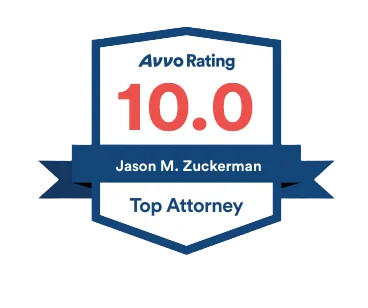A constructive discharge occurs when the working conditions are so intolerable that a reasonable person in the employee’s position would feel forced to resign.
Courts have recognized that an employee’s refusal to engage in a criminal act may constitute a valid cause of action for wrongful discharge. See, e.g., Sheets v. Teddy’s Frosted Foods, Inc., 179 Conn. 471, 427 A.2d 385 (1980) (at-will employee fired in retaliation for his insistence that his employer comply with state laws relating to food labeling); Nees v. Hocks, 272 Or. 210, 536 P.2d 512 (1979) (employee fired for refusing employer’s request to ask for excuse from jury duty); Sabine Pilot Serv., Inc. v. Hauck, 687 S.W.2d 733 (Tex.1985) (employee discharged for refusal to perform an illegal act); Harless v. First Nat’l Bank in Fairmont, 162 W.Va. 116, 246 S.E.2d 270 (1978) (bank employee discharged in retaliation for his efforts to require employer to comply with state and federal consumer credit protection laws).
Resigning in lieu of termination can constitute a constructive discharge. “When an employer acts in a manner so as to have communicated to a reasonable employee that [he] will be terminated, and the . . . employee resigns, the employer’s conduct may amount to constructive discharge.” Under this standard, an employee who can show that the “handwriting is on the wall” and the “axe is about to fall” can make out a constructive-discharge claim.” Dietz v. Cypress Semiconductor Corp., ARB No. 15-017, ALJ No. 2014-SOX-002 (ARB Mar. 30, 2016) vacated on other grounds sub nom, Dietz v. Cypress Semiconductor Corp., __Fed.Appx. __, 2017 WL 4676650 (10th Cir. Oct. 17, 2017). See also Pennsylvania State Police v Suders, 542 U.S. 129, 134 (2004)(“in reasonable response to an employer-sanctioned adverse action officially changing her employment status or situation, for example a humiliating demotion, extreme cut in pay, or transfer to a position in which she would face unbearable working conditions.”); Hatfield v. United Parcel Service, Inc., No. Civ. Act. No. 08-849, 2009 WL 3319781, *6 (W.D. Pa. Oct. 14, 2009) (“Courts can consider a number of factors as indicative of constructive discharge: (1) a threat of discharge; (2) suggestions or encouragement of resignation; (3) demotion or reduction in pay or benefits; (4) involuntary transfer to a less desirable position; (5) alteration of job responsibilities; (6) unsatisfactory job evaluations.”)
The Fifth Circuit’s October 2023 decision in Katz v. Warmouth sets forth the following standard to assess constructive discharge claims:
In order to establish a prima facie case of retaliation based on constructive discharge, [a plaintiff] ‘must prove that working conditions would have been so difficult or unpleasant that a reasonable person in [his] shoes would have felt compelled to resign.'” Harvill v. Westward Commc’ns, L.L.C., 433 F.3d 428, 439–40 (5th Cir. 2005) (quoting Landgraf v. USI Film Prods., 968 F.2d 427, 429–30 (5th Cir. 1992)). To determine whether a “reasonable employee” would feel “compelled to resign,” we consider whether the plaintiff suffered:
(1) demotion; (2) reduction in salary; (3) reduction in job responsibilities; (4) reassignment to menial or degrading work; (5) reassignment to work under a younger supervisor; (6) badgering, harassment, or humiliation by the employer calculated to encourage the employee’s resignation; or (7) offers of early retirement or continued employment on terms less favorable than the employee’s former status.
Id. at 440 (quoting Brown v. Kinney Shoe Corp., 237 F.3d 556, 566 (5th Cir. 2001) (alteration adopted)). Here, Katz alleges that he was removed from his position as Chief of Surgery (a demotion), had his clinical privileges placed in abeyance (a reduction in job responsibilities), was reassigned to report to Major Simoni (a younger supervisor), and had his career threatened if he refused to resign (harassment calculated to encourage resignation). Thus, Katz has raised a genuine dispute of material fact as to whether he was subject to a constructive discharge adverse action.








